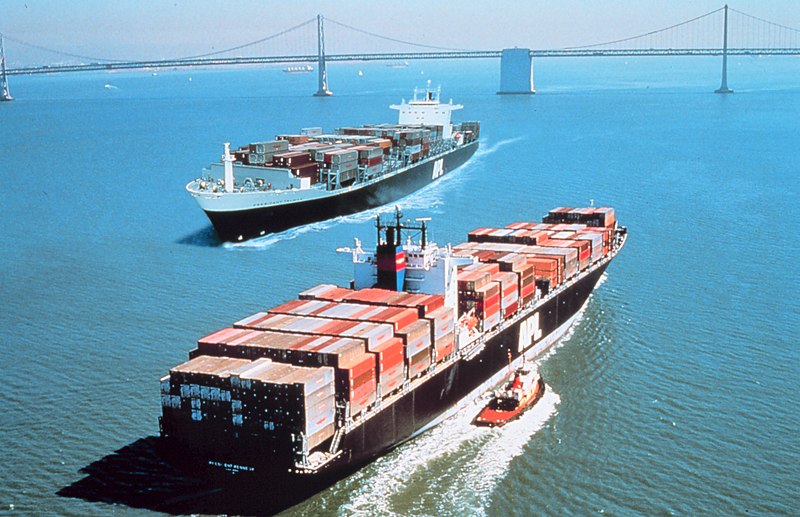Duty Drawback Software
A Smart Investment
Duty Drawback Software | Import Export Consulting | Processing Filing | Full Service
What is Drawback
Contact Us
For businesses engaged in international trade, managing customs duties can be a complex and costly process. One way to reduce these costs is through the U.S. duty drawback program, which allows companies to claim refunds on duties paid for imported goods that are later exported. However, the process is highly detailed, requiring extensive documentation and compliance with strict regulations. This is where duty drawback software proves invaluable, making it a worthwhile investment for import/export businesses.
Automating Compliance and Reducing Errors
Duty drawback claims involve extensive paperwork, including invoices, customs declarations, and export records. Any errors or missing information can lead to delays or even denials of refunds. A specialized software automates data entry, cross-checks required documents and ensures compliance with U.S. Customs and Border Protection (CBP) regulations. By reducing human errors, businesses can maximize their refunds while minimizing the risk of audits or penalties.
Increasing Efficiency and Saving Time
Traditionally, filing for duty drawback was a manual, time-consuming process. Companies had to track every transaction, consolidate data, and submit detailed claims. Duty drawback software streamlines these processes by integrating with enterprise resource planning (ERP) systems, automatically gathering necessary data, and generating accurate reports. This reduces administrative workload, allowing companies to focus on core business operations.
Maximizing Refunds and Cash Flow
Many businesses fail to take full advantage of the duty drawback program simply because they lack the resources to track eligible refunds. With a duty drawback software, companies can identify all qualifying transactions, ensuring they receive the maximum refund possible. These refunds can significantly improve cash flow, giving businesses more capital to reinvest in growth and operations.
Enhancing Transparency and Audit Readiness
Customs authorities frequently audit drawback claims to prevent fraud and ensure compliance. A duty drawback software provides a digital audit trail, maintaining well-organized records of all claims. This transparency not only helps businesses respond to audits efficiently but also builds credibility with regulatory agencies.
Investing in duty drawback software is a strategic move for import/export businesses looking to streamline operations, enhance compliance, and maximize refunds. By automating the claims process, improving accuracy, and optimizing cash flow, companies can gain a significant financial advantage in an increasingly competitive global market.







